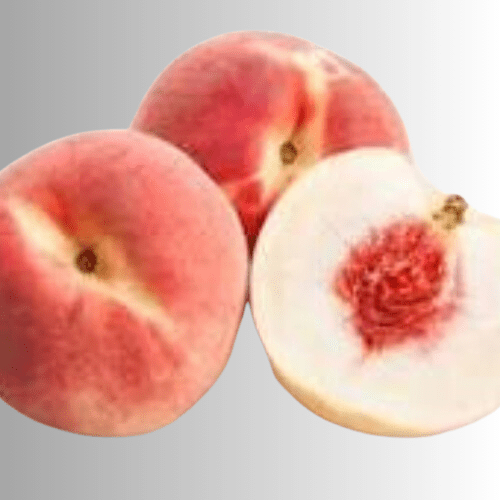Position:
Yellow Custard Apple trees thrive in warm, humid climates with well-drained soil. They prefer full sun, at least 6 to 8 hours of direct sunlight per day, but can tolerate partial shade. They are relatively low-maintenance, in the right climate.
Soil:
These trees prefer well-draining soil with a slightly acidic to neutral pH level (around 6.0 to 7.0). Sandy loam or loamy soil types are ideal. Ensure the soil is rich in organic matter and nutrients for optimal growth.
Watering:
While Yellow Custard Apple trees are relatively drought-tolerant once established, they benefit from regular watering, especially during dry weather or when the tree is flowering and fruiting. Provide enough water to keep the soil consistently moist but not waterlogged.
Mulch
Mulch is a good way of preventing weeds and reducing the rate of water evaporation from the soil.
Apply organic mulch to your tree all year round.
Use from 2 to 5 centimetres of pine bark mulch to protect the roots from UV damage and drying out. It retains moisture, and maintains an optimal pH. Do not let the mulch touch the plant stem, as it may cause infection or rot.
Fertilising:
To promote healthy growth and fruit production, fertilise yellow custard apple trees regularly, or use our slow release “all plant” fertiliser.
Pruning:
Prune the tree annually to maintain its shape, remove dead or diseased branches, and promote airflow and sunlight penetration within the canopy. Pruning can also help stimulate fruit production by removing excess growth.
Pollination:
Yellow Custard Apple trees are primarily pollinated by insects, mainly beetles and flies. While they can self-pollinate, cross-pollination may improve fruit set and yield. Planting multiple trees nearby can facilitate cross-pollination.
Pests and Diseases:
Use EM Control before there are signs of pests, such as aphids, scale insects, or fruit flies, and diseases, such as powdery mildew or fruit rot. If you do already have these pest problems, hose down to remove them and then use EM Control regularly.
Harvesting:
Custard apples are ready to harvest when they turn green to yellow and yield slightly to gentle pressure. Harvest the fruit carefully to avoid bruising, and handle it carefully to prevent damage.










